Lyre Tail Pleco - Acanthicus hystrix
Scientific name: Acanthicus hystrix
Common name: Lyre Tail Pleco
Family: Loricariidae
Usual size in fish tanks: 45 - 70 cm (17.72 - 27.56 inch)
014
Recommended pH range: 6 - 7.5
Recommended water hardness: 4 - 16°N (71.43 - 285.71ppm)
0°C 32°F30°C 86°F
Recommended temperature range: 21 - 27 °C (69.8 - 80.6°F)
The way how these fish reproduce: Spawning
Where the species comes from: South America
Temperament to its own species: aggressive/territorial
Temperament toward other fish species: peaceful
Usual place in the tank: Bottom levels
Food and feeding
Though classified as omnivores, Lyre Tail Plecos thrive on a diet primarily rich in vegetable matter. To maintain their health, offer a variety of plant-based foods such as algae wafers, spinach, peas, and other leafy greens. They will also appreciate occasional meaty treats like mysis shrimp, bloodworms, and brine shrimp. Regular supplementation with both plant and protein-based foods ensures they meet their nutritional needs and promotes vibrant growth.
Origin
The Lyre Tail Pleco originates from the vast waterways of South America, with a particular concentration in the Amazon River Basins. These fish inhabit slow-moving rivers and floodplains, where they hide among submerged roots and rocks. The dense vegetation of the Amazon provides them with both food and shelter, contributing to their omnivorous diet. Their natural environment is characterized by warm temperatures and high water flow, conditions that should be mimicked in a home aquarium for optimal health.
Sexing
Males typically develop more pronounced spines on their fins than females, especially during the breeding season. These spines, often referred to as odontodes, can be seen on their pectoral fins and around their heads, providing a key way to distinguish between the sexes.
Breeding
As of now, there are no documented cases of successful breeding of the Lyre Tail Pleco in captivity. Due to their large size and territorial nature, breeding in a home aquarium is particularly challenging. If successful breeding ever occurs, it would likely require an enormous tank with careful attention to water conditions and hiding spaces for the pair.
Lifespan
Lyre Tail Plecos are long-lived, with an expected lifespan ranging from 5 to 8 years. However, with proper care, some specimens may live even longer in a well-maintained aquarium.
Short description
Reaching an impressive adult size of up to 70 cm, the Lyre Tail Pleco is a striking addition to large aquariums. Given their massive size, they require spacious tanks with plenty of room to roam and numerous hiding spots such as caves, rocks, and driftwood. High filtration is essential due to their tendency to produce significant waste, and regular water changes are crucial to maintaining water quality. Although peaceful with many tankmates, they can be highly aggressive toward other catfish, sometimes resulting in fatal altercations. These fish are best kept in species-only tanks or with carefully selected non-catfish companions.
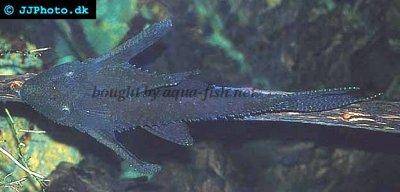

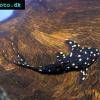 Adonis
Adonis 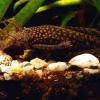 Bristlenose
Bristlenose 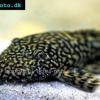 Gold
Gold  Bushymouth
Bushymouth  Spotted
Spotted  Medusa
Medusa  Bristlenose
Bristlenose 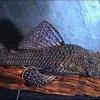 Starlight
Starlight 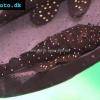 Spotted
Spotted  Catfish
Catfish  Bushynose
Bushynose 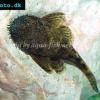 Bristlenose
Bristlenose  Green
Green 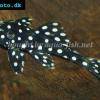 LDA-33
LDA-33 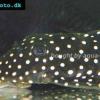 Snowflake
Snowflake 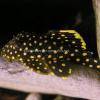 Gold
Gold 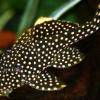 Gold
Gold  Bulldog
Bulldog  Dasyloricaria
Dasyloricaria  Butterfly
Butterfly  Whiptail
Whiptail 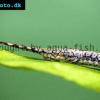 Amazon
Amazon  Twig
Twig 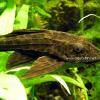 Spotted
Spotted 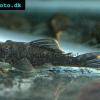 Spotted
Spotted 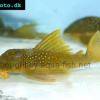 Lemon
Lemon 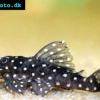 Pleco
Pleco 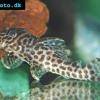 Peruvian
Peruvian 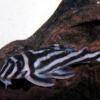 Zebra
Zebra 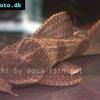 Pleco
Pleco  Hypostomus
Hypostomus 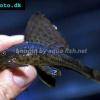 Pleco
Pleco 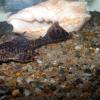 Suckermouth
Suckermouth  Spotted
Spotted  Woodeating
Woodeating  Golden
Golden  Sultan
Sultan 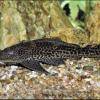 Multiradiatus
Multiradiatus  Marbled
Marbled 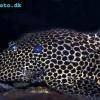 Pleco
Pleco 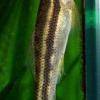 Dwarf
Dwarf 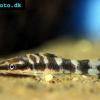 Dwarf
Dwarf 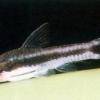 Dwarf
Dwarf  Oxyropsis
Oxyropsis  Orange
Orange 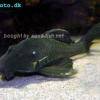 Blue
Blue  Clown
Clown 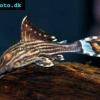 Royal
Royal 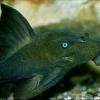 Blue
Blue 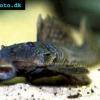 Rubber
Rubber  Goby
Goby 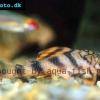 Wormline
Wormline  Para
Para  Tiger
Tiger 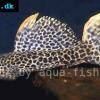 Leopard
Leopard 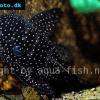 Spiny
Spiny 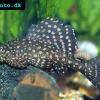 Marbled
Marbled 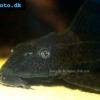 Amazon
Amazon  Common
Common 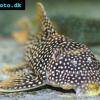 Sunshine
Sunshine  Golden
Golden